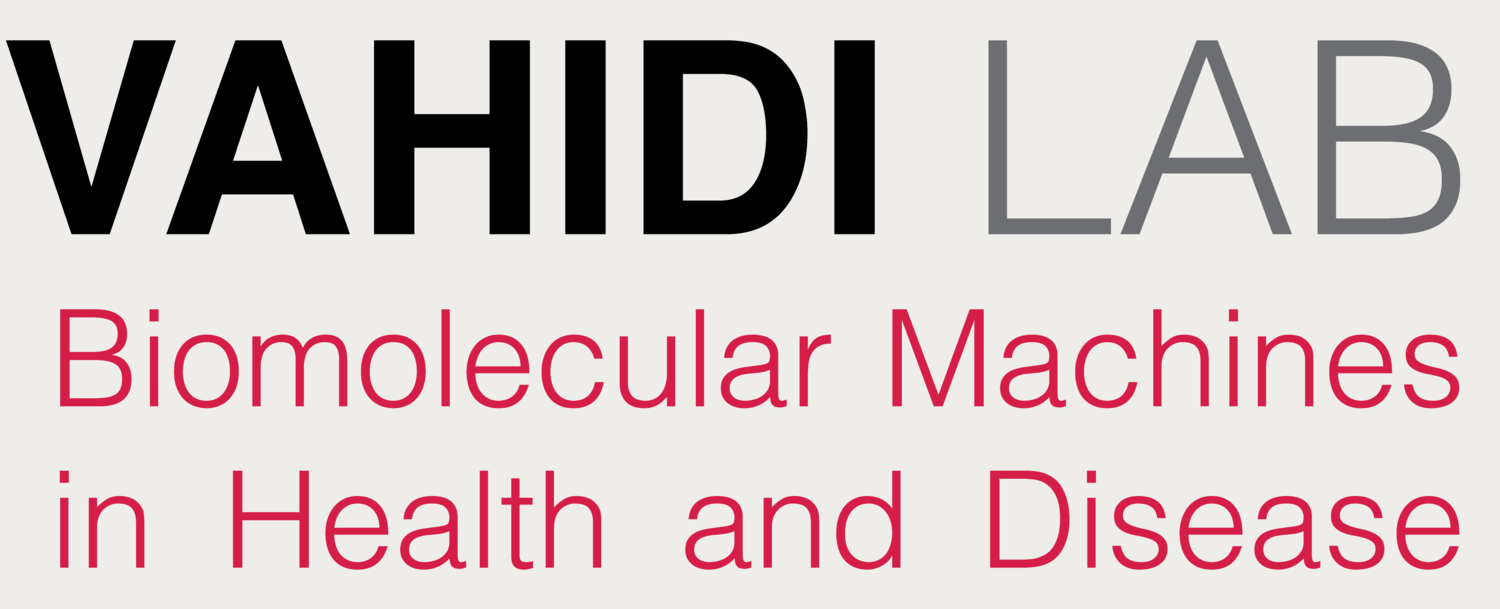
We study the mechanisms of intracellular protein degradation to solve problems of biological and clinical importance.
RESEARCH
Proteostasis in pathogenic bacteria:
A key focus of the group is on the protein degradation machinery that helps to maintain proper level of proteins (protein homeostasis) in Mycobacterium tuberculosis, the causative agent of TB, the world's single largest infectious killer that is annually responsible for 1.5 million deaths.
Source: Global tuberculosis report 2019 - WHO
In the year 2018, 1.5 million people died of TB, 10 million people fell ill with pathogen. This includes about 250,000 death among people with HIV, their leading cause of death.
Protein degradation in M. tuberculosis is partly handled by the proteasome machinery where the 20S proteasome core particle (the protease) collaborates with the mycobacterial proteasomal activator (Mpa, the unfoldase) to engage and destroy substrates in an ATP-dependant manner.
M. tuberculosis relies heavily on robust proteasome function to survive the immune system of the host, rendering this mega-Dalton sized system an attractive drug target in the pharmaceutical industry. Several critical and outstanding questions remain that our group aims to answer:
What is the assembly mechanism of the M. tuberculosis proteasome core particle and its regulatory particles?
What is the role of allostery and long-range interactions in the machinery that tags substrates for proteasomal degradation?
How are substrates selected for tagging and degradation?
What is the molecular basis of antibiotics that operate by disrupting proteasomal protein degradation?
Schematic representation of the Pup-proteasome system in M. tuberculosis.
The enzyme PafA links PupE to substrates proteins using ATP, which in turn is recognized by the 20S:Mpa proteasome system and is degraded into smaller peptides.
Most of our work is based on the use of modern biomolecular electrospray mass spectrometry (ESI-MS) (e.g. H/D exchange, covalent labeling, native MS, BioID, etc.) and high-field NMR spectroscopy (e.g. methyl-TROSY). These powerful methods are highly complementary and allow us to tackle challenging problems within our own group. Because of the dominant role that these two methods play in biological and chemical research, trainees from our lab will be well-positioned in the job market after graduation. Researchers in our laboratory will also receive training in a wide range of other biochemical, biophysical, and computational (e.g. python computer programming, Linux, etc.) approaches available at the core facilities of the University of Guelph.



